The Ned NoMad, a members-only club and hotel, is now open in New York
The first international outpost of the City of London favourite, the Ned NoMad brings period opulence to a neighbourhood on the up.
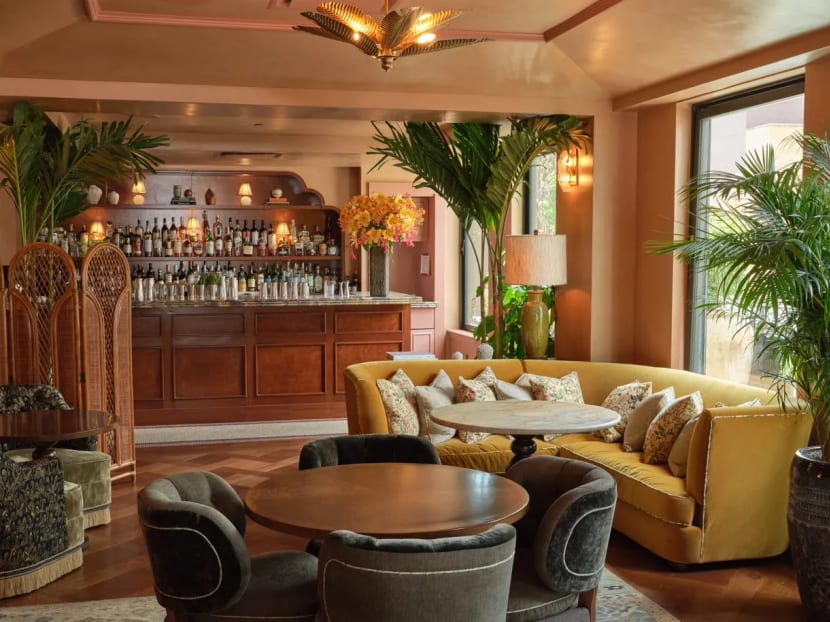
The Ned rooftop bar (Photo: The Ned NoMad)
Satan’s Circus, let’s face it, is a pretty good name for a neighbourhood. NoMad, a smaller section of the same area, is no match.
The former was coined in the late 19th century to describe a place that had become the epicentre of Manhattan’s nightlife, a cocktail of seedy vice, upscale intrigue and glamour consumed in red velvet luxury or basement dives. The latter was suggested in the late 20th century by The New York Times in an effort to redefine an area of wholesalers, shabby shops and fading skyscrapers.
NoMad (short for North of Madison Square Park) has been up-and-coming for decades; it never quite came. The closest was the arrival of the NoMad hotel in 2012, impeccably designed by French Empire stylist Jacques Garcia, complemented by an excellent restaurant run by Daniel Humm.
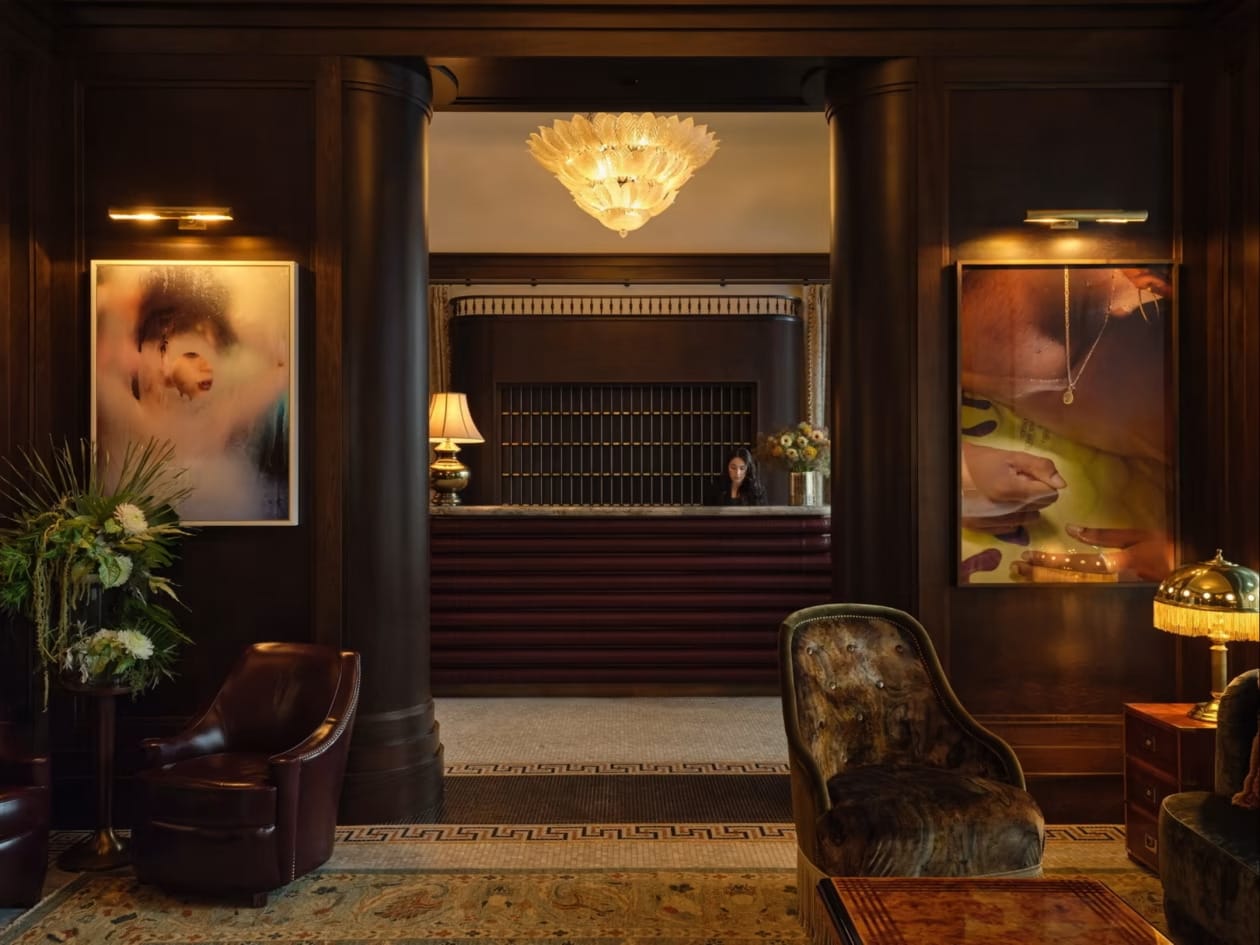
The NoMad hotel fell victim to the pandemic, closing unexpectedly in March 2021, but the same building has now been reinvented as the Ned NoMad, a 167-bedroom hotel and club that tries to revive a theatrical version of the neighbourhood’s 1920s heyday for a global cohort of wealthy members.
The new hotel is an offshoot of the Ned in the City of London, housed in Edwin Lutyens’ impressive former Midland Bank headquarters and managed by the Soho House group. While the Ned’s next NY venture (a hotel due to open in 2024 in the former American Stock Exchange in Manhattan’s Financial District) points to a symmetry with their London birthplace, this outpost looks very different. It’s situated on Broadway, a block south of the Ace Hotel, in an imposing corner building that looks like a piece of Paris extruded an extra 10 storeys upwards.
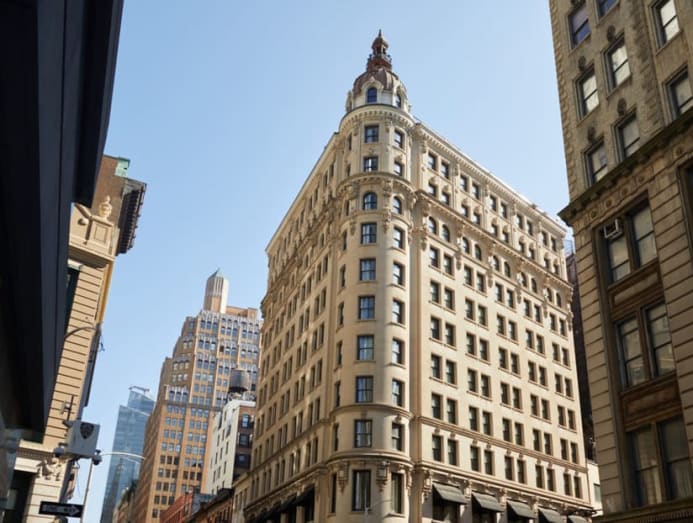
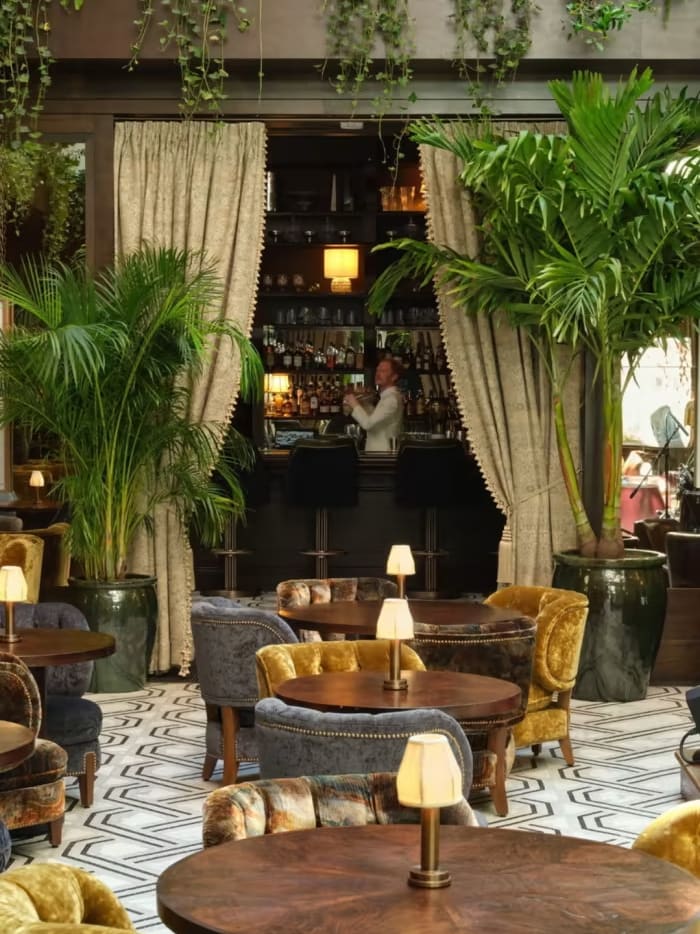
Less of it appears to be devoted to sin these days. But there is at least something in the interiors of the Ned NoMad that looks like they might be a bit amenable to a revival.
It is announced to the street by a branch of Cecconi’s, known to Londoners as the reliable hedge-fund art-world nexus behind the Royal Academy of Arts. The lobby is luxurious-looking if a little squeezed and, at its rear, a pair of curtains conceal a club with a whiff of Satan’s Circus about it, but which turns out to be only for members (who must pay US$5,000 (S$6,927) per year plus US$1,500 to join — though existing Soho House members do get a 50 per cent discount). They took pity and let me in, and I sat watching a good but slightly bland jazzy Latin outfit. It was less than full but dark and sumptuous, just the right amount of give in the lushly upholstered booths.
My bedroom was, oddly, a little less private. There was scaffolding outside my windows and builders clambering up and down. The work has since been completed but during my stay the big freestanding bath by one window was less than inviting.
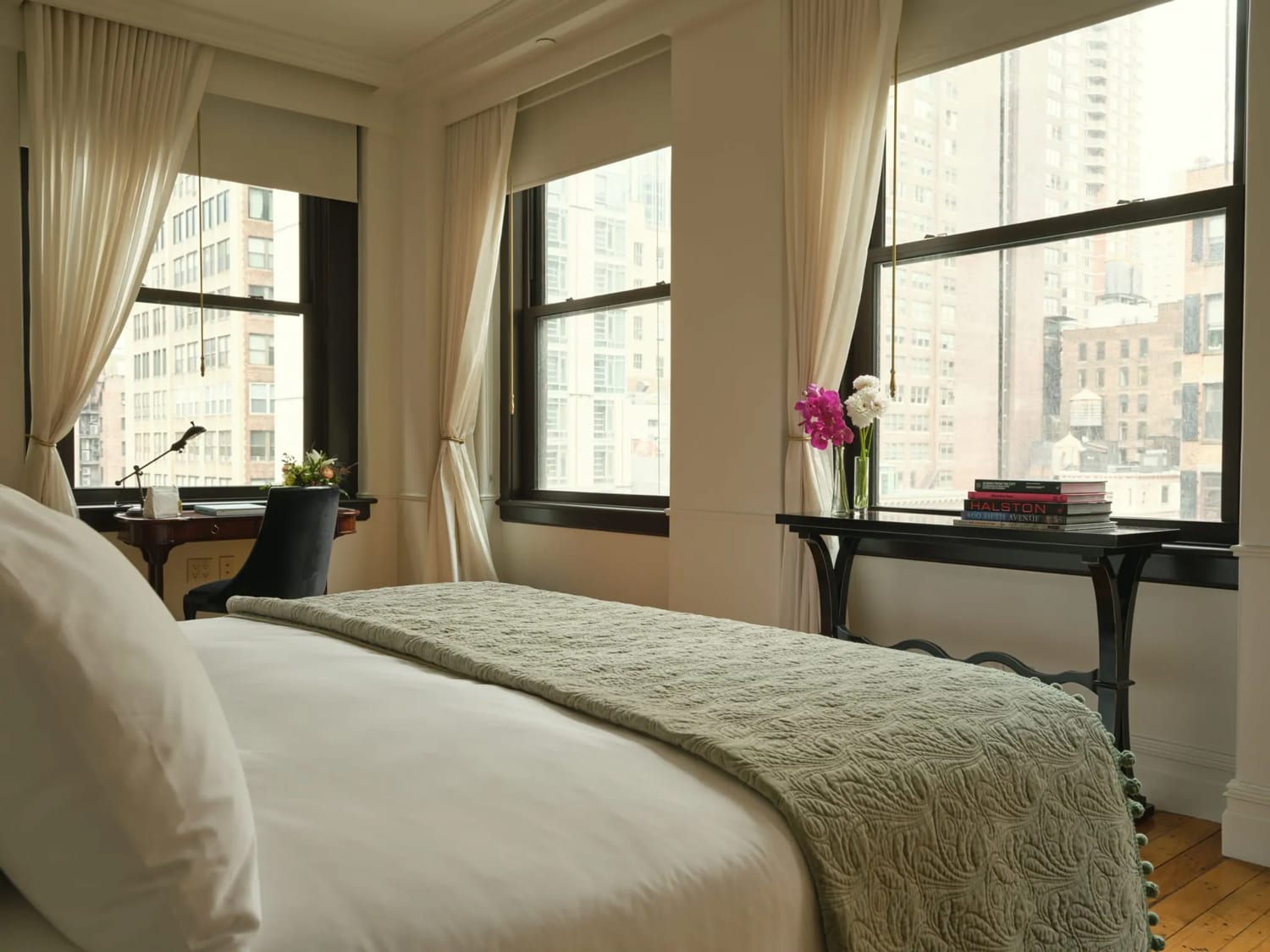
In terms of design, however, the room was almost perfect. Seemingly situated somewhere in the 1920s, just before Art Deco, the designs (by Soho House’s in-house team) are clever and comfortable. A bathroom behind a damask screen is not quite separate (though the toilet is) so the room has a more expansive feel. An antique-looking rug, a kitsch piled-up travel-trunk mini-bar, an upholstered headboard and wooden floors made it feel like an old grand hotel fallen on hard times rather than an entirely new conceit. Themed, yes, but the theme is louche decline.
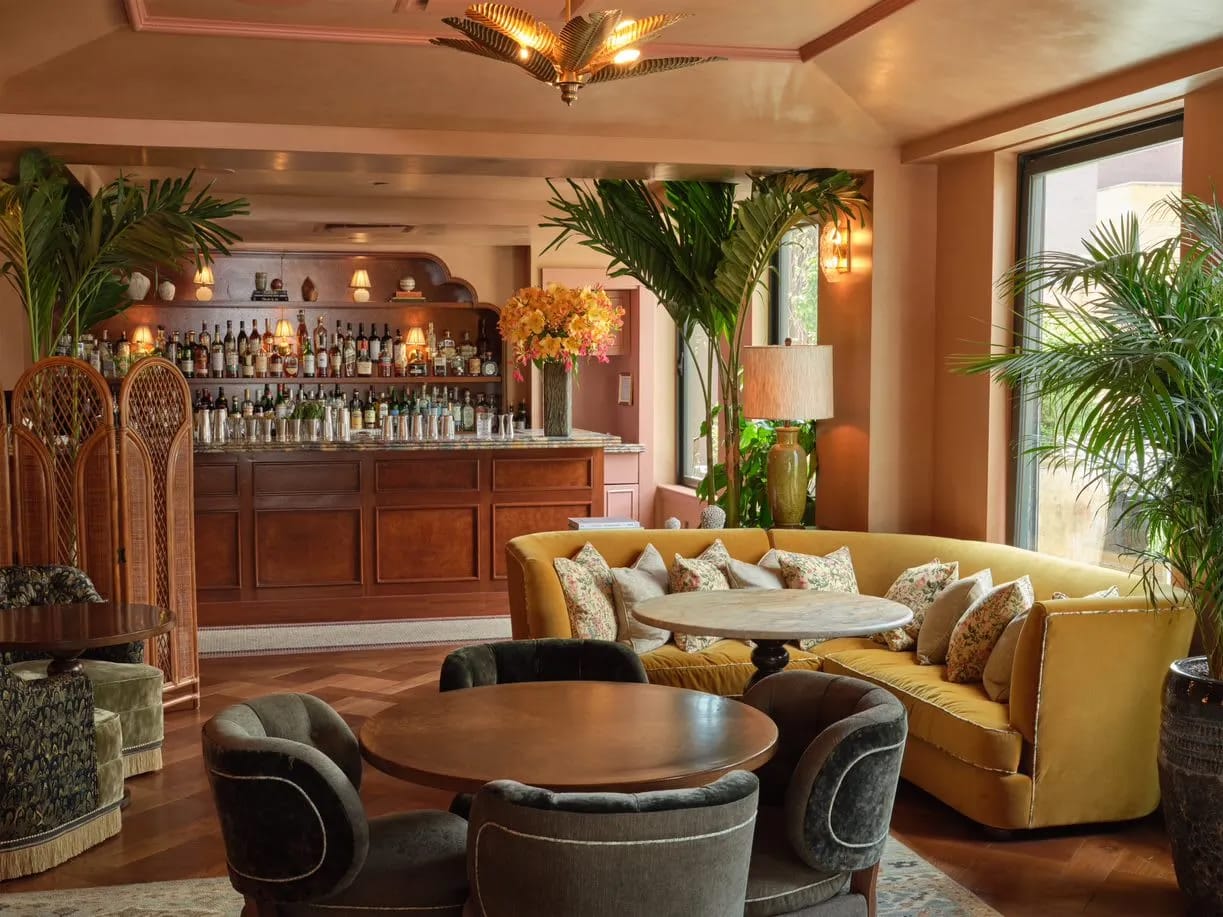
Many of the other amenities are, like the club, bizarrely restricted. The rooftop bar is stunning, with views of the Empire State Building and the corporate glassiness of the new Ritz-Carlton — but this again is for members only.
The old corner dome has been fitted out as a private event space, a total delight. Members also have exclusive access to the Magic Room (a panelled, art-filled lounge and events space), the Library (a shared workspace by day, a bar by night) and the Dining Room (a restaurant adjacent to the ground-floor club with stained glass windows and parquet floor).
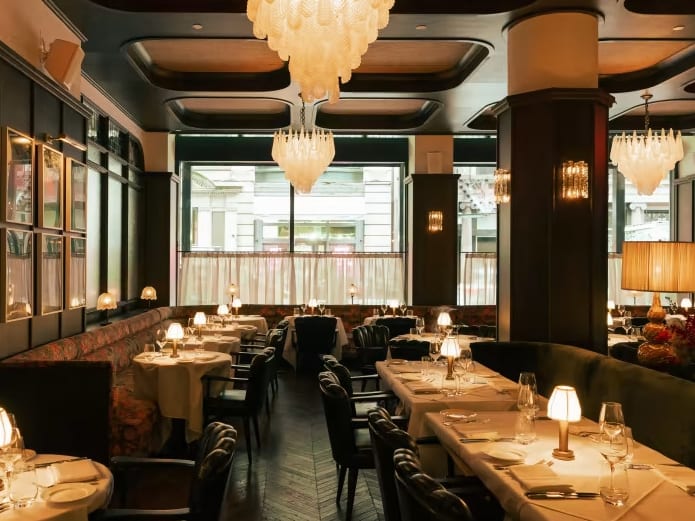
The neighbourhood is changing almost by the day. It isn’t quite returning to its previous “Satanic” incarnation, but it is livening up. The pedestrianisation of bits of Broadway has given birth to a gush of pop-ups and dining sheds. The Ned NoMad has helped inject a jolt of louche, whisky-swigging sass to this once downbeat warehouse area.
But it comes at a price: “Cosy” double rooms start at around US$860 per night, rising to more than US$3,400 for the Broadway suite. And even once you’ve paid it, you might still find yourself excluded from the hotel’s coolest social spaces by a heavy velvet curtain.
By Edwin Heathcote © 2022 The Financial Times.









